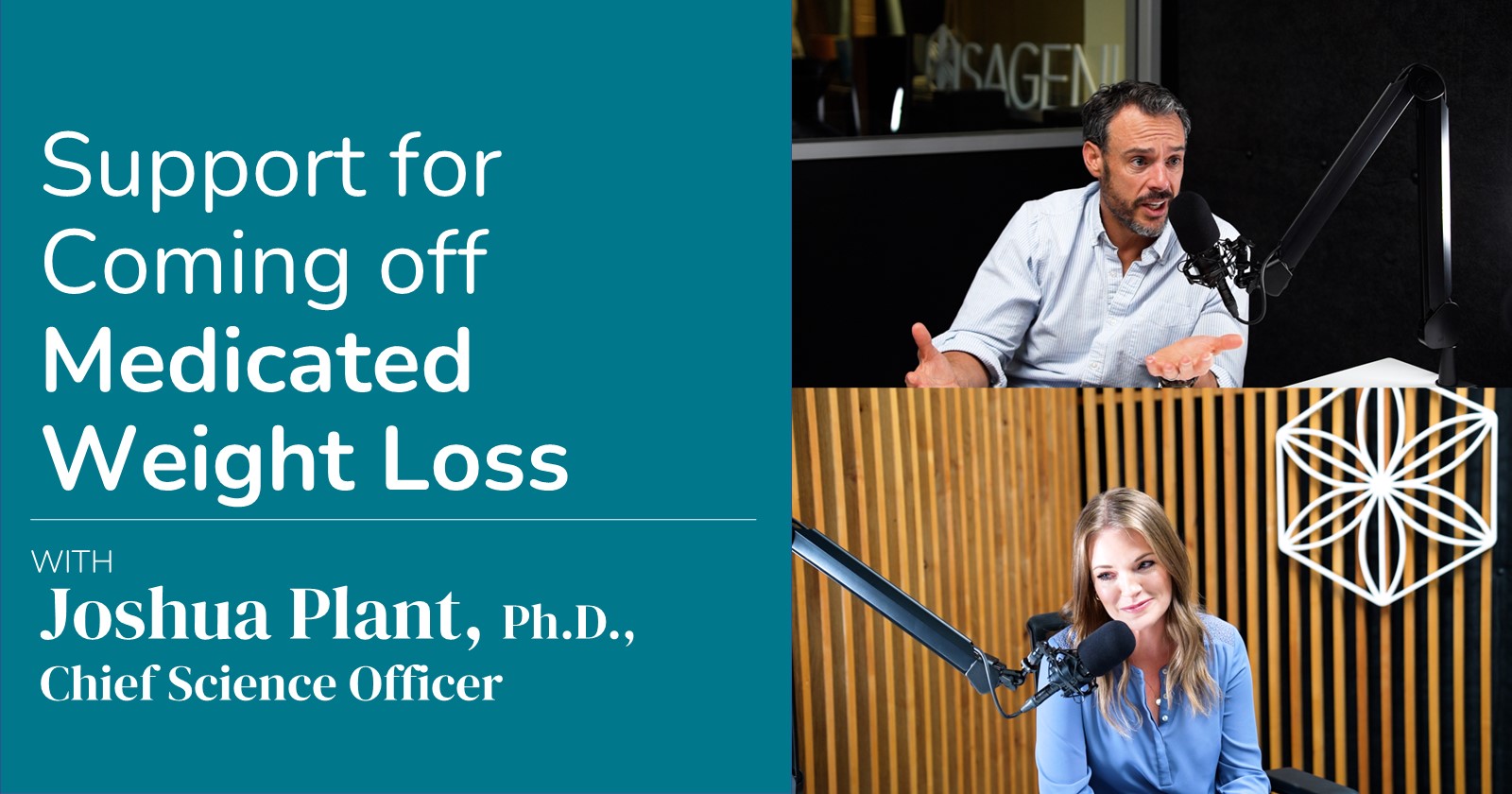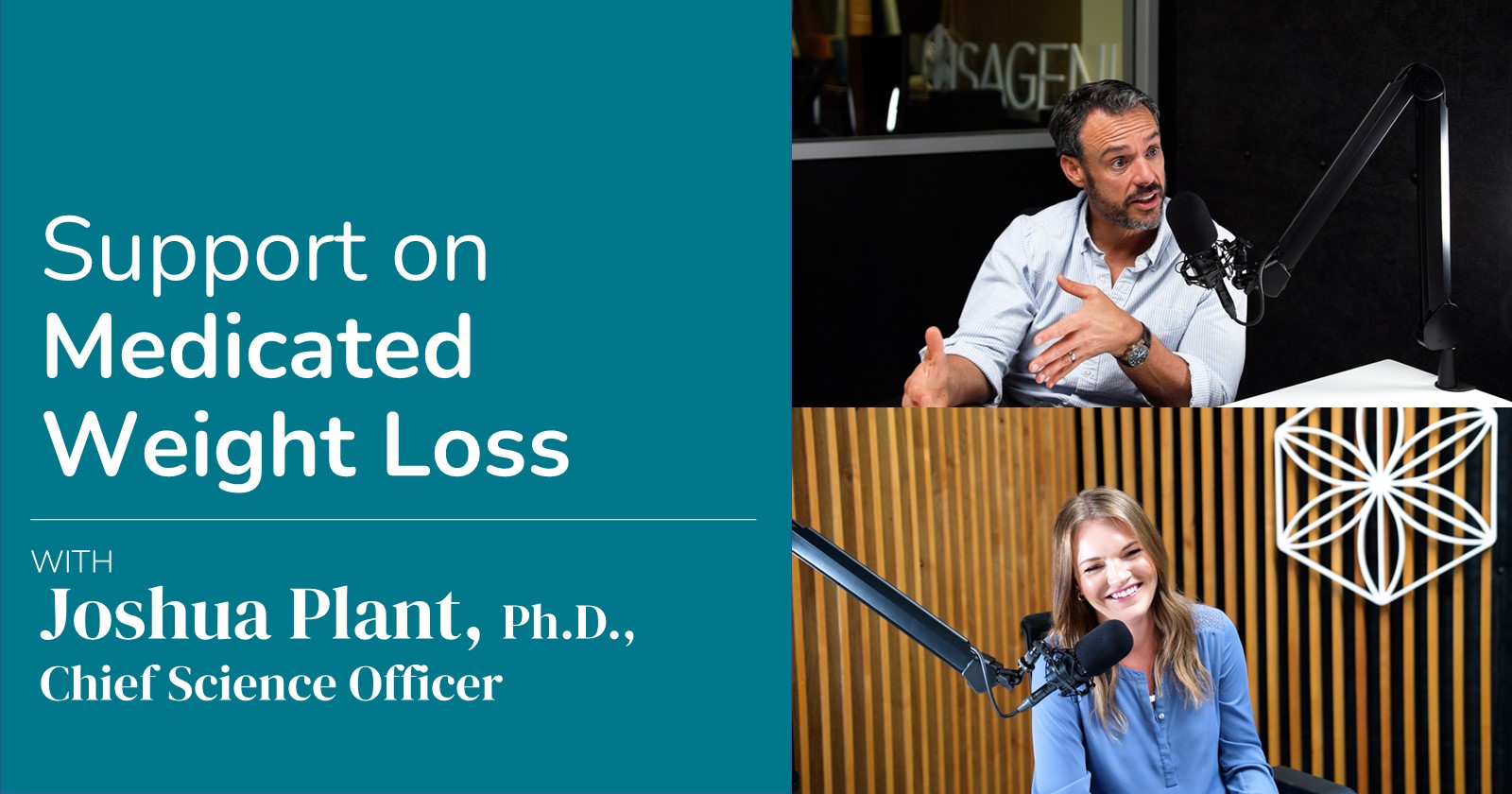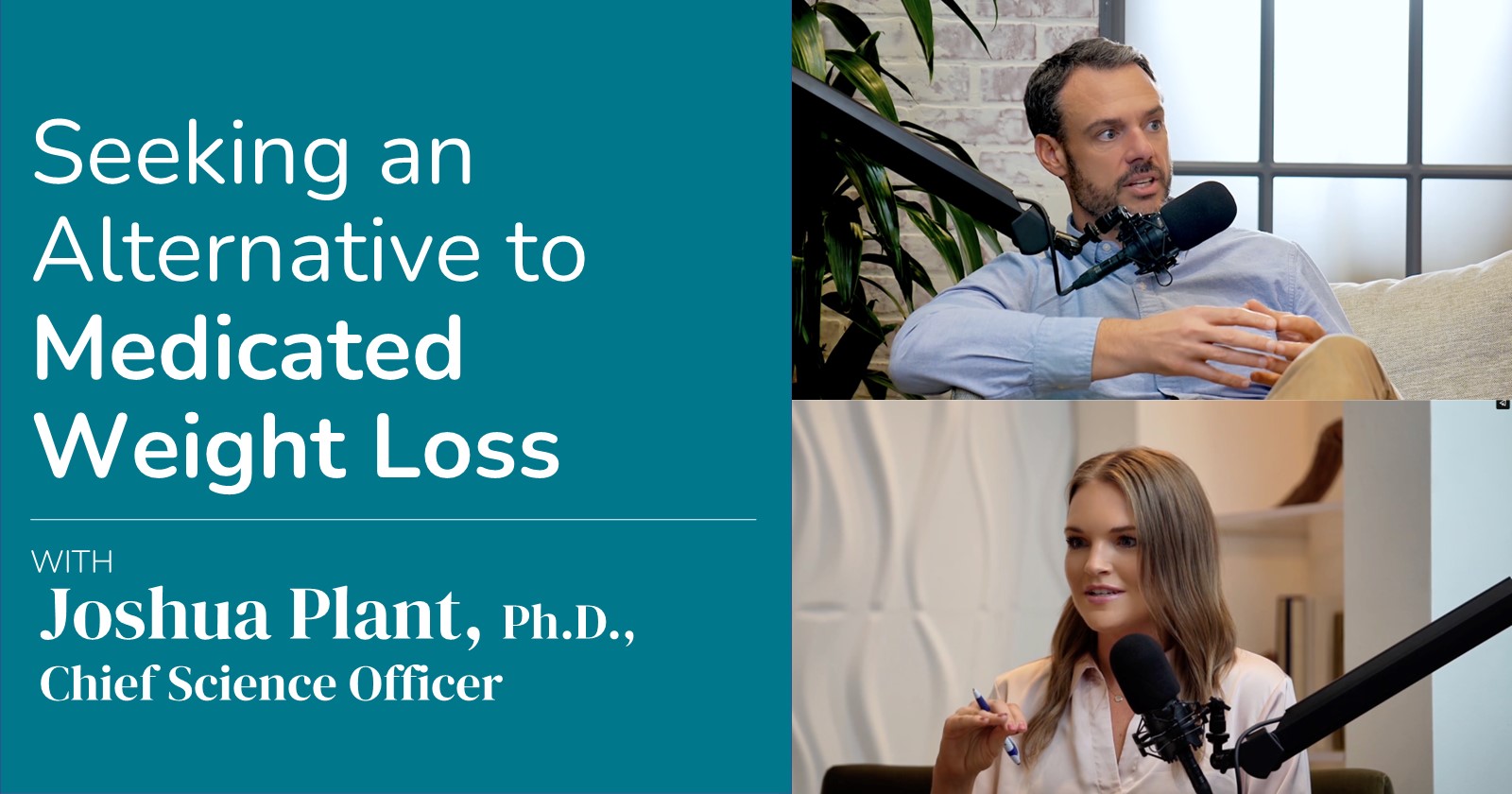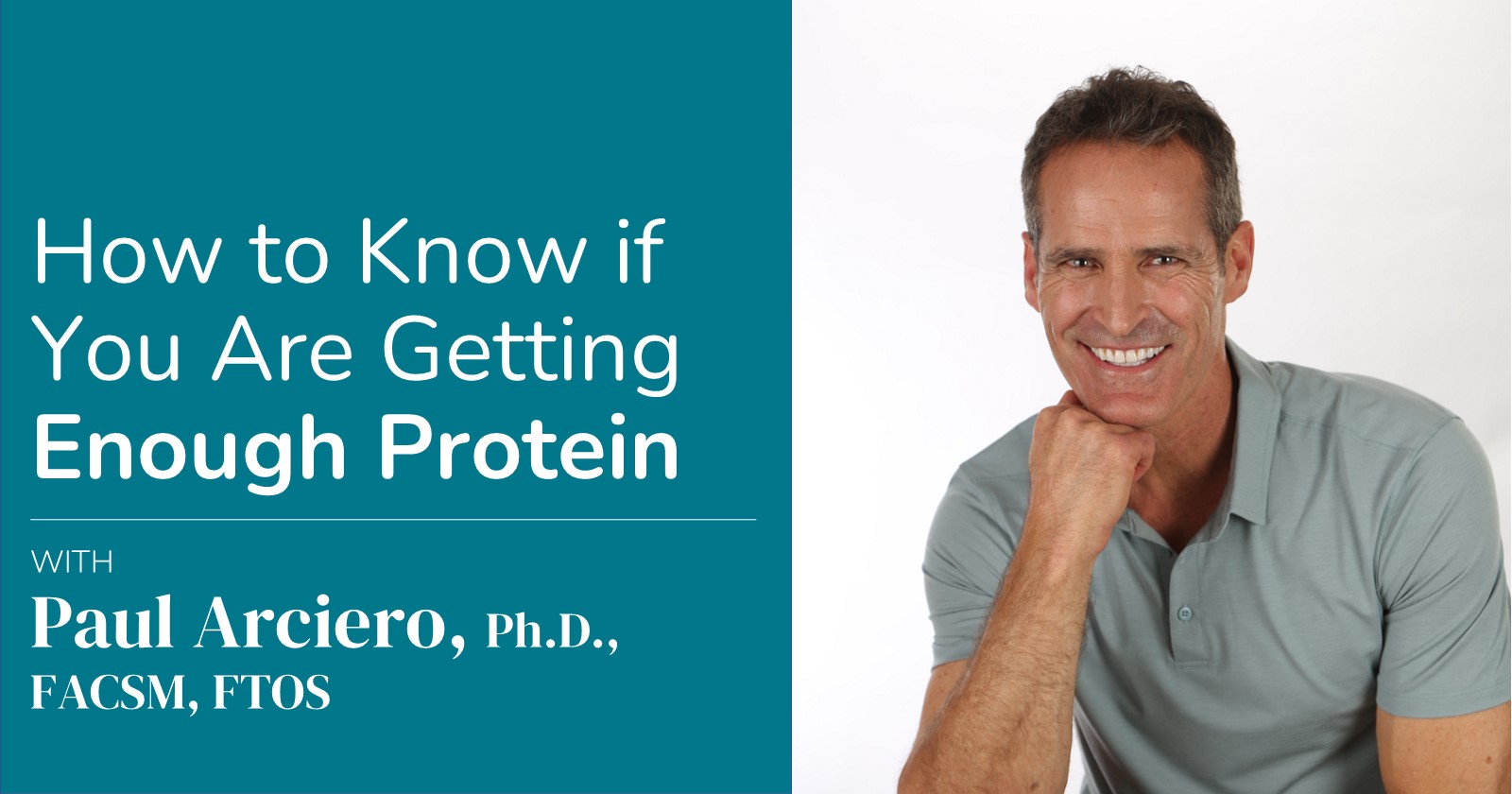Many people who consider training for a triathlon, ironman, or other long distance event are hesitant to commit for fear of losing hard-earned muscle. If you are one of these people, fortunately there’s good news. Incorporating heavy lifting into an endurance training regimen along with a diet high in protein may help athletes reduce unwanted muscle loss (1).
Why traditional endurance training can cause muscle loss
The idea that endurance-style training will cause muscle wasting is not unfounded. After all, the striking difference in the musculature of an Olympic marathoner and sprinter is clearly a consequence of the training tactics used to achieve two immensely different goals.
The goal of an endurance program is to improve stamina, and this type of training typically results in muscle loss for two reasons. First, endurance exercise activates pathways that help the body become better at using energy to go further rather than pathways that trigger muscle building (2). Second, endurance exercise can quickly burn through carbs and fat, forcing the body to breakdown muscle to help meet energy needs (2-4).
So how can muscle loss be prevented if endurance training overrides the body’s muscle building systems and at the same time contributes to muscle breakdown? The key is to strategically design an endurance program that includes heavy lifting, as well as a nutrition program that meets calorie needs while including the right amount of high quality protein.
Training to prevent muscle loss
The key for preventing muscle loss is to follow a training program that incorporates both heavy weights and endurance training. The type of exercise you do tells the body how to adapt. If you trained strictly for endurance without adding weights, you would build stamina but would sacrifice muscle size, strength, and explosive power. If you trained only using weights, you would build muscle mass, strength, and power, but would sacrifice stamina.
Therefore, it’s critical to keep your main goal in mind when planning how much of each type of exercise to do. There are diminishing returns to having a lot of muscle, which is heavy and requires more blood flow, oxygen, and energy to maintain and cool during exercise. However, muscle provides power and strength, which can mean the difference between first and second place. The key is to design and follow a program that fits your goal. If you’re an elite endurance athlete, prioritize endurance training and include one or two heavy lifting sessions per week. If you’re more of a recreational endurance athlete afraid of losing muscle, you may choose to include heavy lifting as often as three times per week.
In addition to balancing endurance sessions and weights, a well-planned training program should be “periodized” to prevent heavy lifting from interfering with endurance performance during racing season. A periodized program breaks up a training period into blocks of time, changing the type, amount, intensity, and duration of exercise within those blocks of time as an event approaches. Because heavy weight lifting can cause soreness and interfere with the quality of endurance sessions, it’s best to lift more often in the off-season and taper down during in-season. For example, an athlete might lift heavy three times per week in the off-season to activate muscle building pathways and gain strength, and then maintain gains by lifting just once or twice a week leading up to an event.
Nutrition to prevent muscle loss
Along with a well-planned training program, incorporating the right nutritional strategy is essential for preventing muscle loss while endurance training. Special attention must be paid to make sure that protein and calorie needs are being met.
Protein serves as both a trigger for activating muscle building pathways, as well as the main substrate with which muscle is made. To ensure that muscle synthesis matches or exceeds breakdown, at least 1.2 to 1.7 grams of protein per kilogram of body weight should be eaten daily (80 to 120 grams for a 150 pound person) (5).
Protein timing and quality should also be taken into consideration. Meals consisting of 20 to 40 grams of protein should be consumed at regular intervals at least three to four times throughout the day, with one such meal being positioned strategically right before and after a workout (6, 7). Whey protein is the best type for consuming pre and post-workout because it’s high in branch chain amino acids (BCAAs), which are most effective for stopping muscle breakdown that occurs during extended exercise, as well as for promoting muscle growth and recovery after exercise (9).
Getting sufficient calories and carbohydrates is also important for preventing muscle breakdown. Meeting these needs will ensure that the body has adequate fuel, in turn sparing muscle from being broken down and used for energy (2, 4). For endurance athletes with the goal of losing body fat during training, research shows that protein should be increased to as high as 1.8 to 2.7 grams per kilogram of bodyweight to offset muscle loss (7).
Don’t let fear of losing muscle stop you from training for an endurance event. When training and diet are done right, you can prevent unwanted muscle loss while building stamina and strength to beat out the competition.
References
1) Daniel R Moore et al. Beyond muscle hypertrophy: why dietary protein is important for endurance athletes. Applied Physiology, Nutrition, and Metabolism. 10.1139/apnm-2013-0591
2) Tarnopolsky M. Protein requirements for endurance athletes. Nutrition. 2004 Jul-Aug;20(7-8):662-8. Review.
3) Howarth KR et al. Effect of glycogen availability on human skeletal muscle protein turnover during exercise and recovery. J Appl Physiol (1985). 2010 Aug;109(2):431-8. doi: 10.1152/japplphysiol.00108.2009. Epub 2010 May 20.
4) Nutrition and athletic performance. Joint Position Statement, American College of Sports Medicine, American Dietetic Association, and Dietitians of Canada, 2009.
5) Phillips SM, Van Loon LJ. Dietary protein for athletes: from requirements to optimum adaptation. J Sports Sci. 2011;11(Suppl 1):S29–S38. [PubMed]
6) Willoughby DS et al. Effects of resistance training and protein plus amino acid supplementation on muscle anabolism, mass, and strength. Amino Acids. 2007;11:467–477. doi: 10.1007/s00726-006-0398-7. [PubMed] [Cross Ref]
7) Phillips SM et al. The role of milk- and soy-based protein in support of muscle protein synthesis and muscle protein accretion in young and elderly persons. J Am Coll Nutr. 2009 Aug;28(4):343-54.






